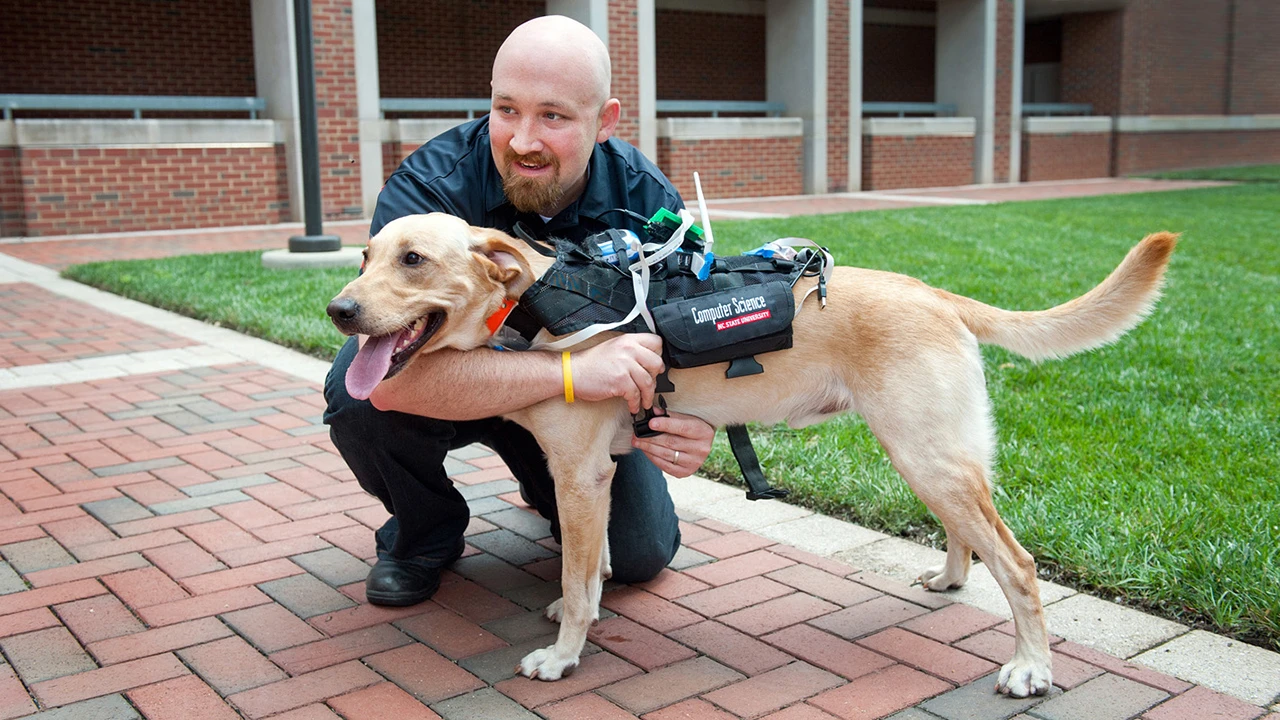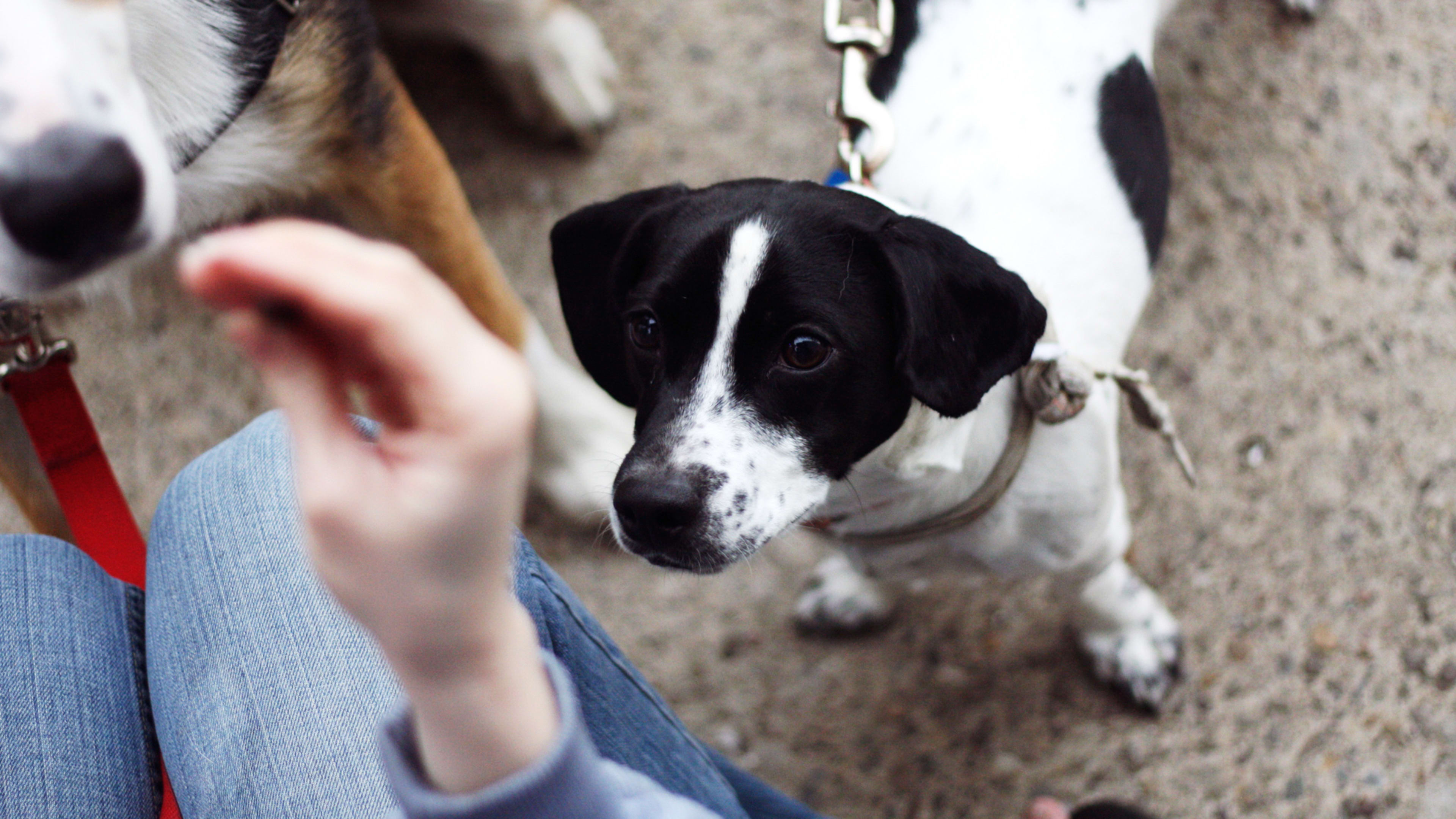Ever since canids began following us around to sniff at our leftovers, humans have been searching for more efficient ways to communicate with dogs. And, so far at least, a universal translator has yet to materialize. Seamless dog-to-human or human-to-dog communication has been little more than a crazy pipe dream.
We may have been thinking about how dogs “talk” far too narrowly. Researchers at North Carolina State University are developing a special platform that lets humans communicate more clearly with their their furry best friends. Unlike previous attempts at a translator, this two-way body harness doesn’t rely solely on vocalizations; it uses an animal’s movements to discern what they might be feeling, and what they might be trying to tell you.

“Dogs communicate primarily through body language,” says paper co-author David Roberts, an assistant professor of computer science at NC State, “and one of our challenges was to develop sensors that tell us about their behavior by observing their posture remotely.” The system uses an array of sensors, accounting for physiological changes in the animal, like heart rate and body temperature.
Together with the dog’s movements, all that data is collected by software and used to assemble a basic vocabulary. From there, a human can then beam the dog instructions–wirelessly, even!–using a combination of haptic feedback and speakers built into the harness, the general idea being that tapping into more senses means more precision in what you’re trying to say.
“We’ve developed a platform for computer-mediated communication between humans and dogs that opens the door to new avenues for interpreting dogs’ behavioral signals and sending them clear and unambiguous cues in return,” says Roberts. “We have a fully functional prototype, but we’ll be refining the design as we explore more and more applications for the platform.”
The most obvious applications are with search-and-rescue and guide dogs. Researchers, though, envision it being useful in all sorts of scenarios, such as helping calm down hyperactive animals when they’re at the vet. Or even for teaching your new puppy simple everyday commands, like don’t pee all over the rug.
Recognize your brand’s excellence by applying to this year’s Brands That Matter Awards before the early-rate deadline, May 3.
